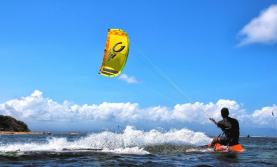DJI Spark vs. DJI Mavic Pro
Image
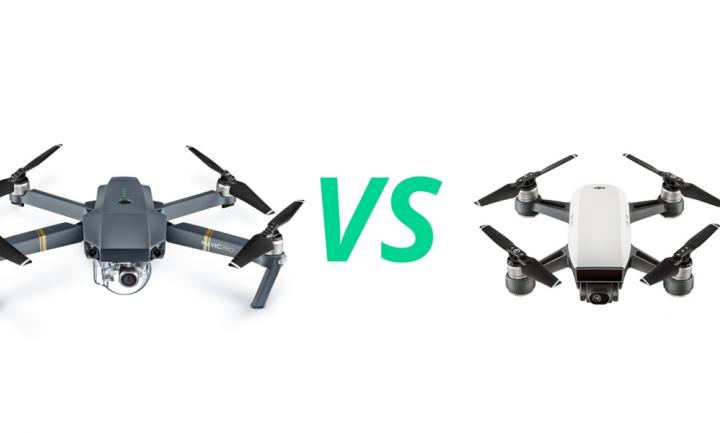
The latest from the leading drone and quadcopter manufacturers is the DJI Spark Drone that was released at their 24 May event. After the success of the previous DJI Mavic Pro, it was the right time to introduce another drone that was smaller and came with all of DJI’s signature technology.
While the DJI Spark is touted as the DJI Mavic Pro’s little brother, here are the main differences between both the leading DJI drones.
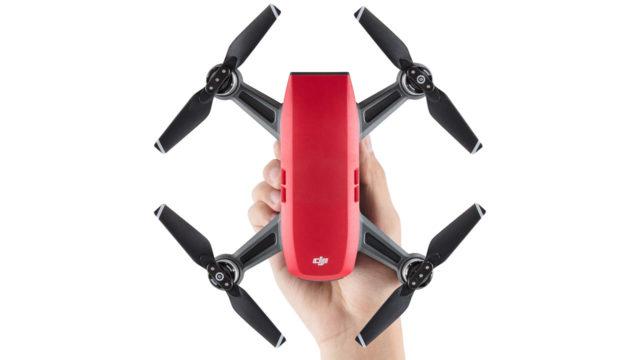
Body and design
In the case of drones, size does matter! With companies trying to downsize their designs, and DJI’s Mavic Pro was a big step towards this, but the Spark took it one step further.
The Mavic Pro is very portable due to its foldable design that allows for users to carry it around with ease, but on the other hand, the Spark is much smaller in size even if not foldable. At only 300g as compared to the Mavic's 743g, the Spark’s dimensions are 170mm diagonally, whereas the Mavic is almost double at 335mm.
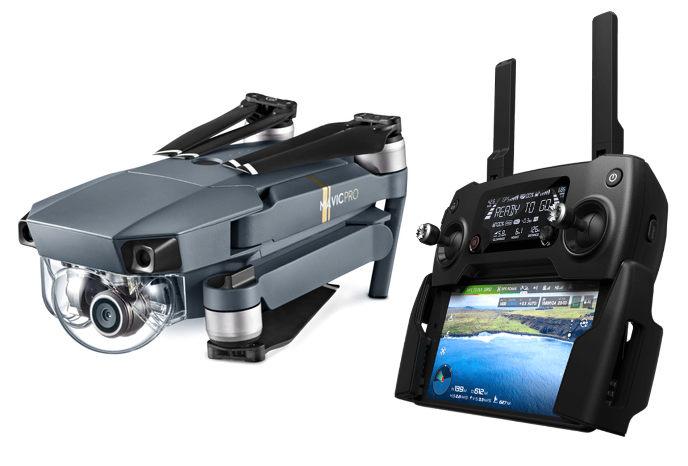
Camera specs
The Mavic Pro set the standard for smaller drones that can have 4K recording and uses a 3-axis gimbal that provides shake-free footage and pictures when recording in the air. It features a camera that can record in 4K at 30 fps and 1080p HD at 96 fps, as well as pictures in 12MP. On the other hand, the Spark too can take pictures in 12MP but only has a recording capability of 1080p in 30fps.
The DJI Spark uses a 12MP 1/2.3" CMOS sensor and an 81.9 degree 25mm (35mm equivalent) f/2.6 lens, while the Mavic Pro comes equipped with a 12.35MP 1/2.3" CMOS sensor and a 78.8 degree 28mm (35mm equivalent) f/2.2 lens.
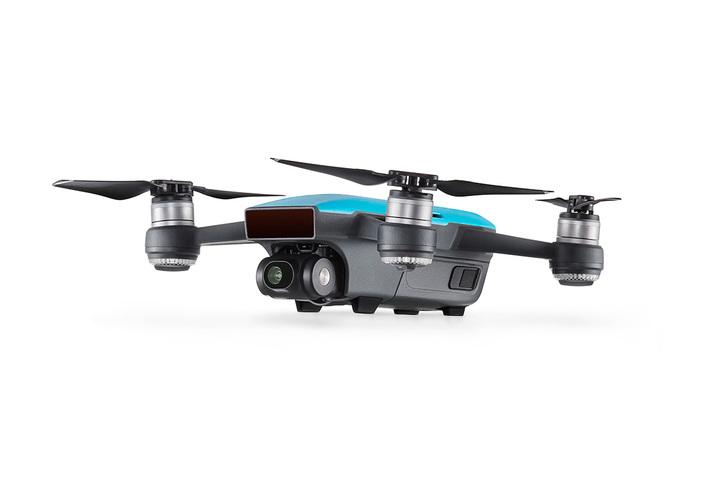
Another difference is the Mavic’s ability to record in JPEG as well as DNG format, which has a more professional use, while the Spark can only record in JPEG since it is aimed for more casual use.
Users can also experience versatile photography as the Spark comes with all the previous shooting modes available in Mavic Pro, but also incorporates 2 new modes – Pano and ShallowFocus. In the Pano mode, the Spark automatically adjusts its gimbal and heading to record horizontal or vertical panoramas, whereas the 3D vision technology in the ShallowFocus mode helps take pictures with a shallow depth of field.
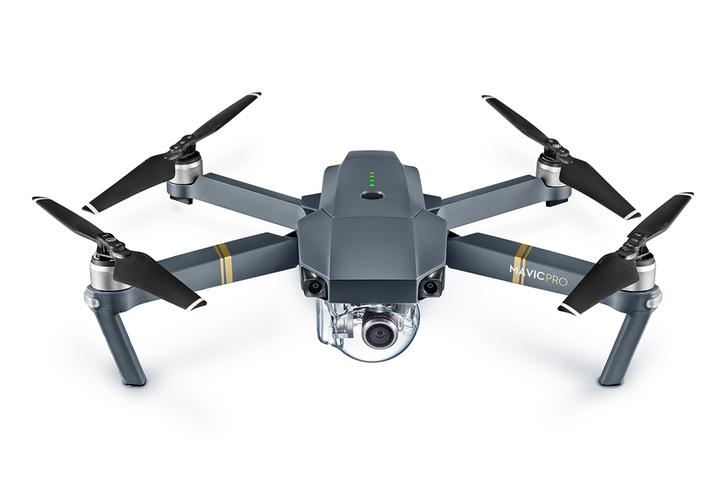
Flight features
According to DJI, the Spark supports all of the Mavic Pro’s Intelligent Flight Modes, as well as adds new features like QuickShot and advanced gesture controls like PalmControl.
QuickShot lets users take videos with just a tap, making it even easier and more accessible to capture every moment you want. Take footage with cinematic composition with modes like Rocket, Dronie, Circle and Helix.
It also comes with previous DJI modes available in the Mavic Pro like the ActiveTrack mode that tracks the person or object you tell it to and TapFly mode that lets you just tap your phone screen and the Spark will automatically follow that direction or go where you tapped.
The really cool Gesture Mode too is available in both the drones, but apart from taking a picture by making a frame with your fingers, the Spark also has the above mentioned PalmControl that lets fliers control the drone by simply using their hands.
On the safety front, both drones come equipped with the FlightAutonomy system. In the Sport Mode, the Mavic Pro is capable of flying at super fast speeds of up to 40 mph (64.8 km/h), whereas the Spark can fly at up to 31 mph (50 km/h).
Battery
The DJI Mavic Pro features an impressive flight time at 27 minutes with its 3830mAh battery. The DJI Spark does fall slightly short here and instead has a flight time of 16 minutes with its 1480mAH battery.
Controlling the drone
The Mavic Pro uses a compact new remote controller that can be mounted with a smartphone to view what is being recorded. The controller has the new OcuSync encrypted transmission system that provides an amazing range of up to 4.3 miles (7 km) and can also live stream at 1080p video resolution.
On the other hand, the Spark provides multiple ways of controlling your drone. Fliers can either use their smartphone with the DJI GO 4 app or uses a separately bought remote controller. There are also gesture controls like we talked about above, and the Spark comes with FaceAware that allows for quick launching since the drone can recognize your face and then within seconds just lift off from your palm to hover in place.
Talking about maximum range, the Spark provides a range of 1.2 miles (with 720p real-time video) when used with the optional remote controller, 109 yards with a smartphone, or up to 10 ft. with gesture control.
Both the drones are also compatible with the DJI Goggles.
Conclusion
The decision of whether you should buy the DJI Mavic Pro or the DJI Spark lies entirely up to the kind of usage of the drone. The Mavic Pro, of course, has some better features such as higher recording resolution, longer flight time, and a longer range, but the Spark too stands its ground.
The smaller size (even without being able to fold it), advanced gesture controls and the compelling price that’s almost half of the Mavic, all make it a top contender against the Mavic Pro!





